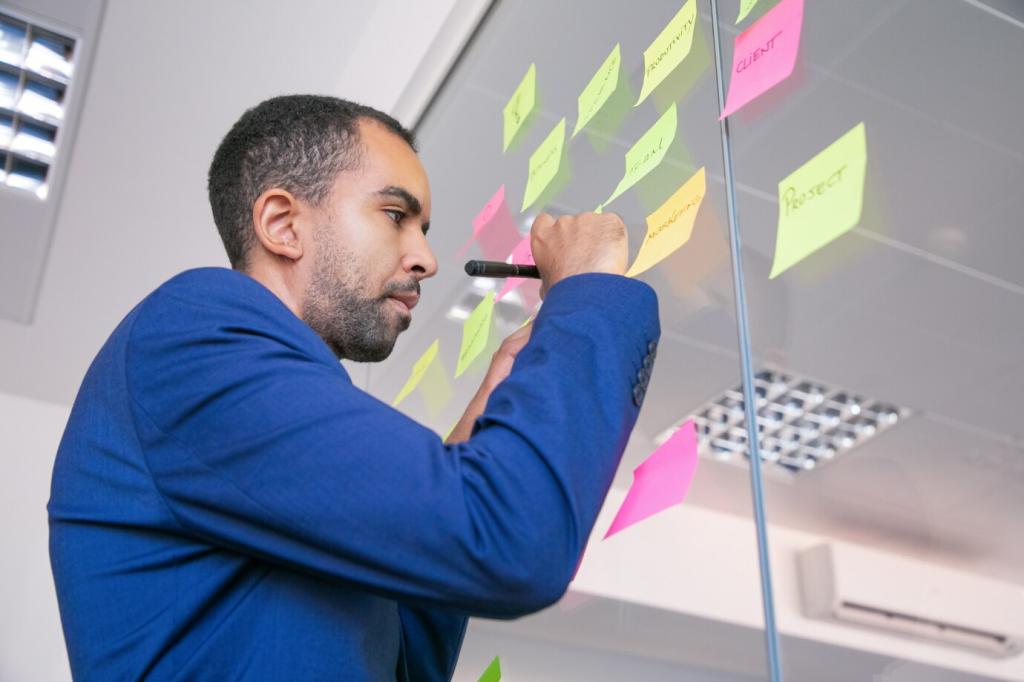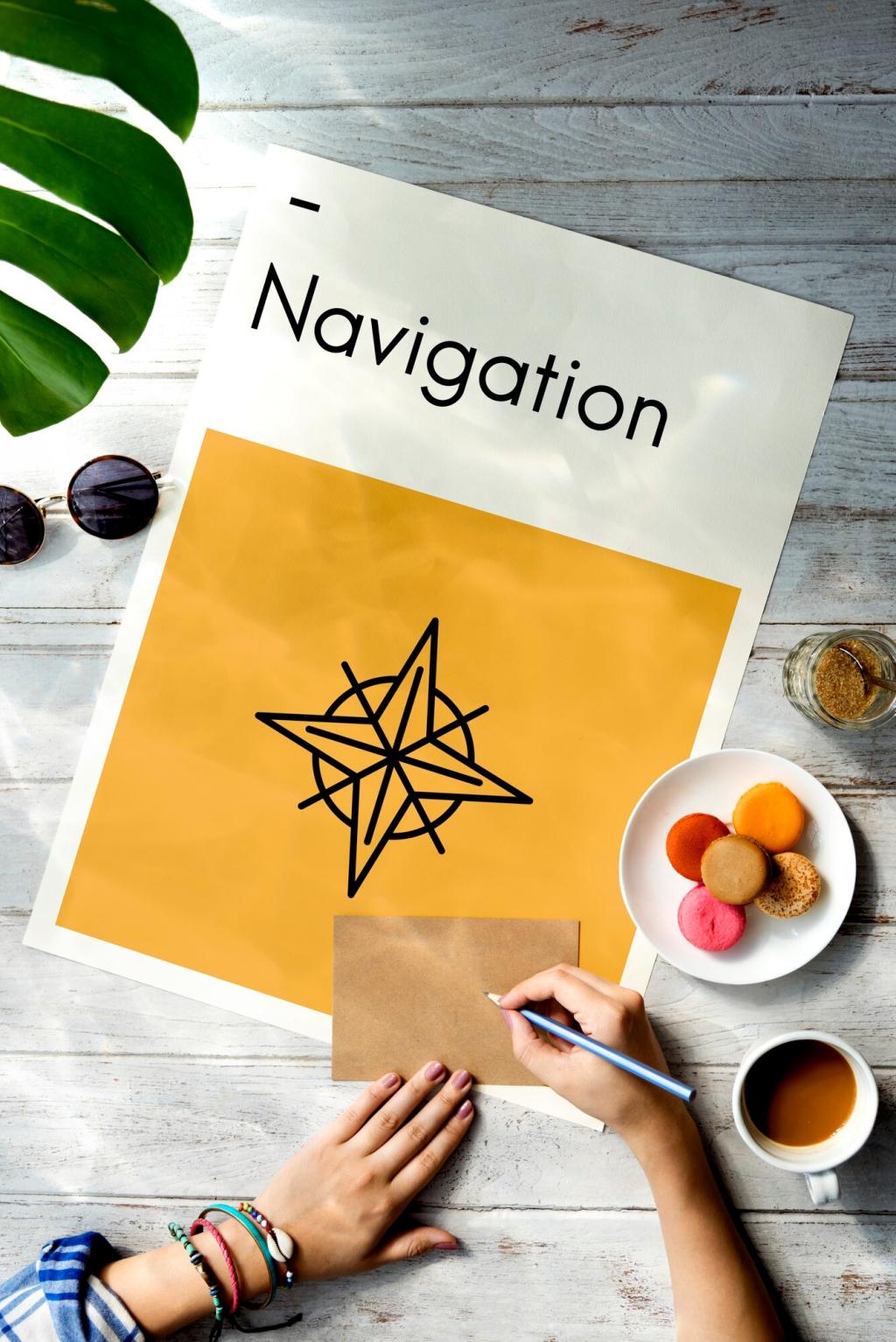
Dynamic Storytelling in Tourism: Turning Journeys into Living Narratives
Chosen theme: Dynamic Storytelling in Tourism. Step into a world where destinations speak, guides improvise, and travelers co-author the tale. Subscribe, comment, and share your most memorable travel story to help shape our next narrative.
Why Stories Move Travelers

The science behind narrative immersion
When travelers feel part of a story, their brains simulate experiences more vividly, boosting memory and emotion. Dynamic storytelling invites participation—choices, questions, and paths—so the narrative adapts, and the traveler becomes a protagonist, not a spectator.

From itinerary to arc
A schedule lists stops; a story traces transformation. By framing each moment as a turning point—a reveal, a challenge, a quiet reflection—destinations help visitors feel momentum, curiosity, and meaning that linger long after the journey ends.

Join the conversation
Tell us about a time a guide’s story changed your perspective on a place. Comment below, and subscribe for weekly prompts that help you craft shareable, traveler-led narratives.
Designing Dynamic Narratives for Destinations
Story spines with branching moments
Create a simple backbone—setup, spark, exploration, climax, reflection—then weave in optional branches: local legends, maker stories, or ecological notes. Let guests choose threads, so every group’s arc unfolds uniquely yet stays coherent.
Place-triggered micro-stories
Tie anecdotes to sensory cues: the scent of bread outside a village bakery, a breeze at a cliff lookout, the echo in a chapel. These triggers anchor memory, inviting guides to improvise details relevant to the moment.
Co-creation with locals
Invite artisans, elders, and youth to contribute short, living vignettes—recipes, songs, teen viewpoints, field notes. Credit contributors publicly and rotate features seasonally. Subscribe to our newsletter to receive a community storyteller checklist.
Digital Layers: AR, Audio, and Interactive Maps
Use AR to reveal what the eye can’t see—lost walls, migrating routes, vanished markets—without crowding the scene. Keep interactions short, optional, and context-rich, guiding travelers back to the real street, the real view, the real encounter.

Digital Layers: AR, Audio, and Interactive Maps
Geofenced audio chapters can fade in as hikers crest a ridge or enter a courtyard. Layer multiple voices—guide, historian, shopkeeper—so the mix shifts with pace and place, keeping attention fresh and personal.
A family with kids may crave playful mysteries; a photography group wants pauses for framing. Great guides adjust pace, humor, and depth in real time, turning missteps—like a sudden rain—into scene changes that enrich the plot.
Guides as Master Storytellers

Look for dwell time at stops, voluntary photo sharing, and spontaneous retelling in reviews. Short exit prompts that ask, “Which moment felt like the turning point?” reveal how effectively the narrative arc landed.

Run A/B story branches on quiet days: alter the order of reveals or swap a legend for a maker profile. Keep versions small and respectful, learning which path sparks curiosity and deeper exploration.

What metrics feel fair and human for your destination? Comment with one challenge you face measuring impact, and subscribe to receive a traveler-emotion survey template you can adapt.
Ethical Storytelling and Cultural Care
Secure permission for names, images, and songs. When stories involve sensitive history, add context and signpost complexity. Dynamic does not mean careless; it means responsive, accurate, and humane.


Ethical Storytelling and Cultural Care
Resist reducing communities to symbols or photo backdrops. Include multiple voices, contradictions, and everyday moments alongside highlights. Complexity helps travelers form respect rather than consume clichés.



